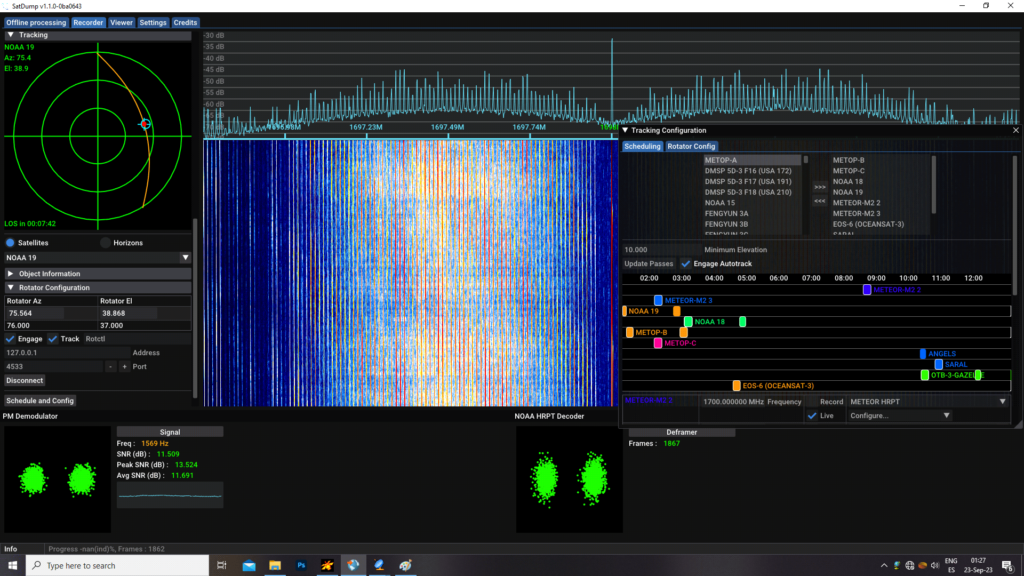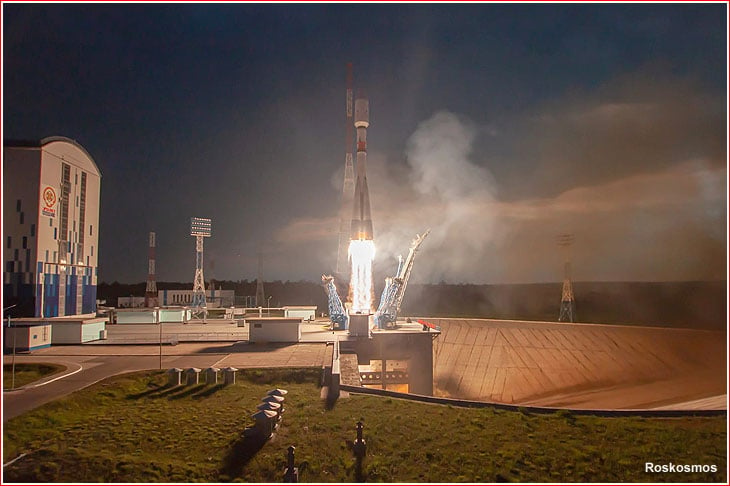SatDump Version 1.1.0 Released – Feature Overview
SatDump is a popular program that can be used with RTL-SDRs and other software defined radios for decoding images from a wide array of weather imaging (and other) satellites including GOES, GK-2A, NOAA APT, NOAA HRPT, FengYun, Electro-L and Meteor M2 LRPT + HRPT, and many many others. It is multiplatform, running on Windows, MacOS, Linux and even Android. Because of it's good decoding performance, wide satellite and OS compatibility, it is the most recommended software for satellite decoding.
Recently SatDump was updated to version 1.1.0 and the new version brings many enhancements and new features. In summary, Lua scripting support has been added, calibrated products are now possible, composites can be made via Lua scripting, nightly builds are now available on GitHub, Mac .dmg builds are now available, decimation has been added, an SDR Server is available, and a Windows installer was added.
Support for various satellites and their instruments have also been added for NOAA APT, CCSDS LDPC decoding for Orion, LandSat-9, TUBIN X-Band, FengYun-3G/3F, Meteor M2-3, Geonetcast (soon), GOES RAW X-Band, STEREO-A, DSCOVR EPIC, ELEKTRO-L N°4, Inmarsat STD-C, UmKA-1 (soon), PROBA-V GPS .
SatDump also now includes rotor tracking control which works together with it's satellite pass predictor and scheduler. There is no more need to use programs like Orbitron or Gpredict as everything can be handled by SatDump.
An insane amount of work has gone into SatDump, so if you like the software please remember to support the developer @aang23 by donating on Ko-Fi.

